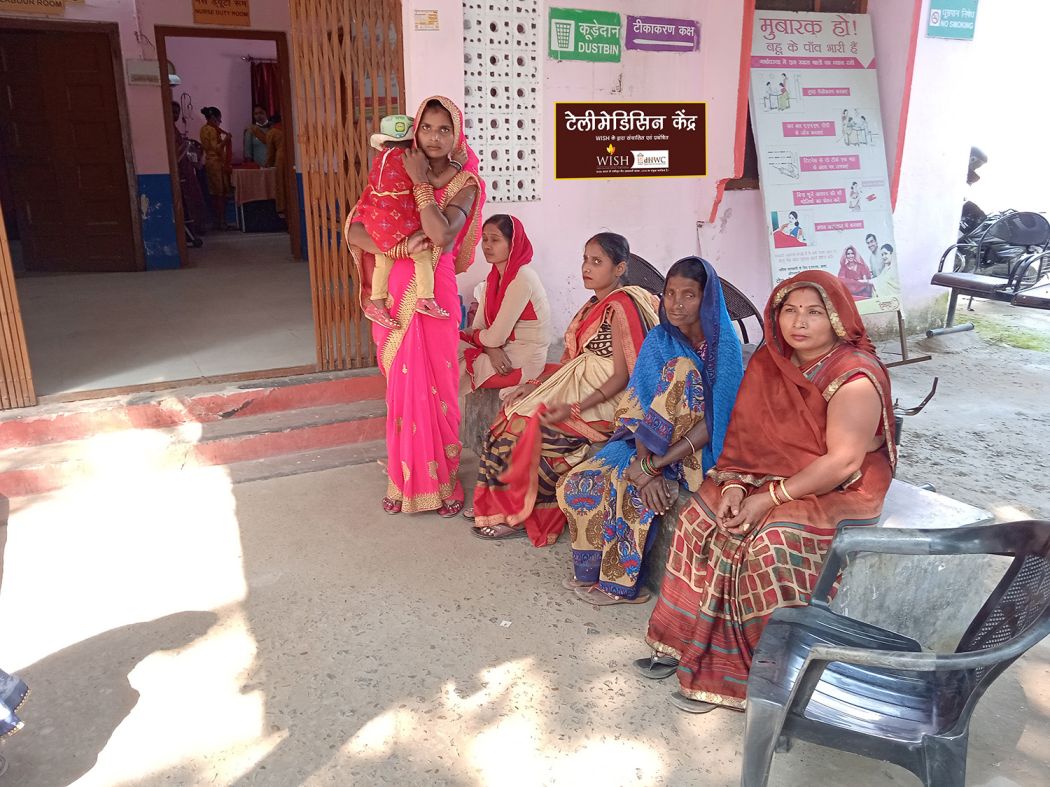Impacting Institutional Deliveries through Improved PHC Functionality (A Case Study on WISH Managed Rural PHCs of Rajasthan)

Introduction:
WHO has applauded the role of institutional delivery in India’s groundbreaking progress in reducing maternal mortality ratio (MMR) by 77 percent, from 556 per 100,000 live births in 1990 to 130 per 100,000 live births in 2016. Though institutional delivery has improved significantly in India in post NRHM period, but the analysis of NFHS IV data (2015-16) shows that only eight percent deliveries take place at Primary Healthcare Centers (PHCs), nineteen percent at Community Healthcare Centers, and twenty-five percent at District Hospitals (DHs) and other government facilities, whereas twenty-seven percent are conducted at private health facilities. This unequal distribution of load on various facilities offers great scope for improving the delivery share of PHCs.
WISH, managing PHCs in Public Private Partnership (PPP) mode in Rajasthan, has demonstrated the transformation of under-performing PHCs by doubling their delivery share from six per PHC (including associated SCs) per month in 2014-15 to twelve per PHC per month in 2019-20. The evidence generated through the analysis of HMIS data and survey conducted by WISH in its PHC area in 2019-20 supports these facts.
Increase in Delivery Share of PHCs
As per NFHS IV, the share of institutional deliveries in Rajasthan is eighty-four percent, but only thirteen percent of them are conducted at the PHCs in rural areas. In the facilities managed by WISH since 2015, the institutional delivery target achieved against annual target given at the PHC level was just around twenty-two percent. As per state HMIS, it reached around forty-one percent in 2019-20. Rapid Health Survey conducted in WISH PHCs in 2019-20 also shows that institutional delivery has improved from fourteen percent in 2015-16 to twenty-six percent in 2018-19 at WISH managed facilities. 
Reduction in Load on Higher Facilities
The analysis shows that with the increase in deliveries at WISH managed PHCs, the load on other higher facilities, as well as home deliveries has reduced, though the share of private facilities is not affected.

With the increase in delivery share at WISH managed PHCs, the load on CHCs and other PHCs has reduced. However, the issue of home deliveries in South Rajasthan is still a challenge that needs to be addressed because the difficult geographical terrain makes accessibility to health facilities very difficult. In addition, the socio-cultural practices of tribal population are also influencing their health seeking behavior.

Increase in the Share of Institutional Deliveries by Area
With the progress of WISH program in Rajasthan, the number of villages conducting more than ninety-nine percent institutional deliveries has increased. From 2015-18 to 2019, the percentage of villages with less than fifty percent institutional deliveries has reduced from twenty-one to seven percent, and the percentage of villages with ninety-nine percent or above institutional deliveries has increased from thirty-six to seventy-one percent. 
Hence, the study shows that access to healthcare has improved considerably after WISH intervention. The availability of staff, quality of services and effective outreach are the key factors contributing to this improvement in institutional deliveries at WISH managed facilities.
